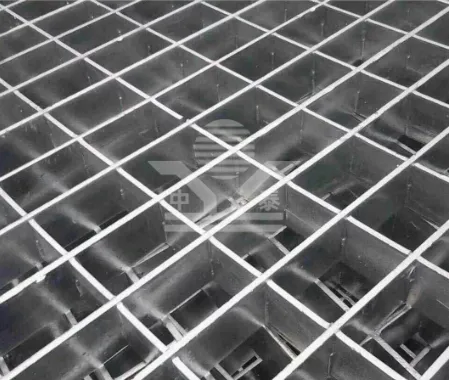The Importance of Traffic Sound Barriers
As urban areas continue to expand and populations grow, the problems associated with traffic noise have become increasingly prevalent. The incessant hum of vehicle engines, honking horns, and the rumble of heavy trucks can severely impact the quality of life for residents living near busy highways and thoroughfares. To mitigate this issue, traffic sound barriers, also known as noise barriers, have become essential components of modern urban planning and road design.
Traffic sound barriers are structures designed to reduce noise pollution caused by vehicular traffic. They are typically made from materials such as concrete, brick, metal, or wood and are installed along the sides of highways, roads, and railway tracks. The primary purpose of these barriers is to absorb and deflect sound waves away from residential areas and public spaces, creating quieter environments for those living nearby.
One of the key reasons for the installation of sound barriers is the health and well-being of individuals living in high-traffic areas. Numerous studies have established that prolonged exposure to high noise levels can lead to various health issues, including stress, sleep disturbances, cardiovascular diseases, and impaired cognitive function. For families, especially those with young children or elderly members, reducing noise pollution is crucial for maintaining a peaceful home environment. Traffic sound barriers play a vital role in minimizing these negative health impacts.
Beyond health concerns, traffic sound barriers can also enhance property values. Homes situated near busy roads can suffer from decreased marketability due to persistent noise issues. By incorporating effective sound barriers, local governments can help to increase the desirability of these properties. Homebuyers often consider noise levels as a significant factor when making purchasing decisions. A well-designed sound barrier can not only enhance the living experience of current residents but can also attract new homeowners looking for peace and tranquility.
traffic sound barriers

Aesthetic considerations cannot be overlooked when discussing traffic sound barriers. While their primary function is to block sound, modern designs are increasingly focusing on visual appeal. Using landscaping, art installations, and innovative materials, sound barriers can blend harmoniously with the surrounding environment. This approach not only serves functional purposes but also contributes positively to the overall aesthetics of the area. Green walls, for instance, incorporate vegetation into the design, promoting biodiversity while effectively reducing noise pollution and improving air quality.
Additionally, the effectiveness of sound barriers can vary greatly depending on their design, height, and materials used. Generally, the taller and denser a barrier, the better it can block sound. However, careful consideration must also be given to the placement of these structures. Barriers that are located too far away from the noise source may not provide the intended level of reduction. Therefore, effective planning and engineering are essential to ensure these installations achieve their goals.
The economic implications of traffic sound barriers are also worth noting. While the initial costs of construction can be significant, the long-term benefits often outweigh these expenses. By reducing noise pollution, sound barriers can potentially decrease healthcare costs associated with noise-related illnesses and improve the overall economy of the community by increasing property values and enhancing quality of life. Furthermore, they can also reduce the need for expensive noise mitigation measures in future developments.
In conclusion, traffic sound barriers are vital structures that help manage urban noise pollution. They play an integral role in safeguarding public health, improving property values, and enhancing the aesthetic appeal of cities. As urbanization continues to grow, the need for effective sound mitigation strategies will only increase. With careful planning and innovative design, traffic sound barriers will remain an essential feature of modern infrastructure, contributing to a more peaceful and harmonious living environment for everyone. The future of our cities depends on our ability to manage noise and incorporate solutions that work for both the community and the urban landscape.
-
Why Galvanized Trench Cover Steel Grating Resists Corrosion
NewsJul.10,2025
-
The Versatility and Strength of Stainless Expanded Metal Mesh
NewsJul.10,2025
-
Load Calculations in Steel Grating Platforms
NewsJul.10,2025
-
Keeping Pets and Kids Safe with Chicken Wire Deck Railing
NewsJul.10,2025
-
Hole Diameter and Pitch for Round Perforated Metal Sheets
NewsJul.10,2025
-
Aluminium Diamond Mesh in Modern Architecture
NewsJul.10,2025
Subscribe now!
Stay up to date with the latest on Fry Steeland industry news.

